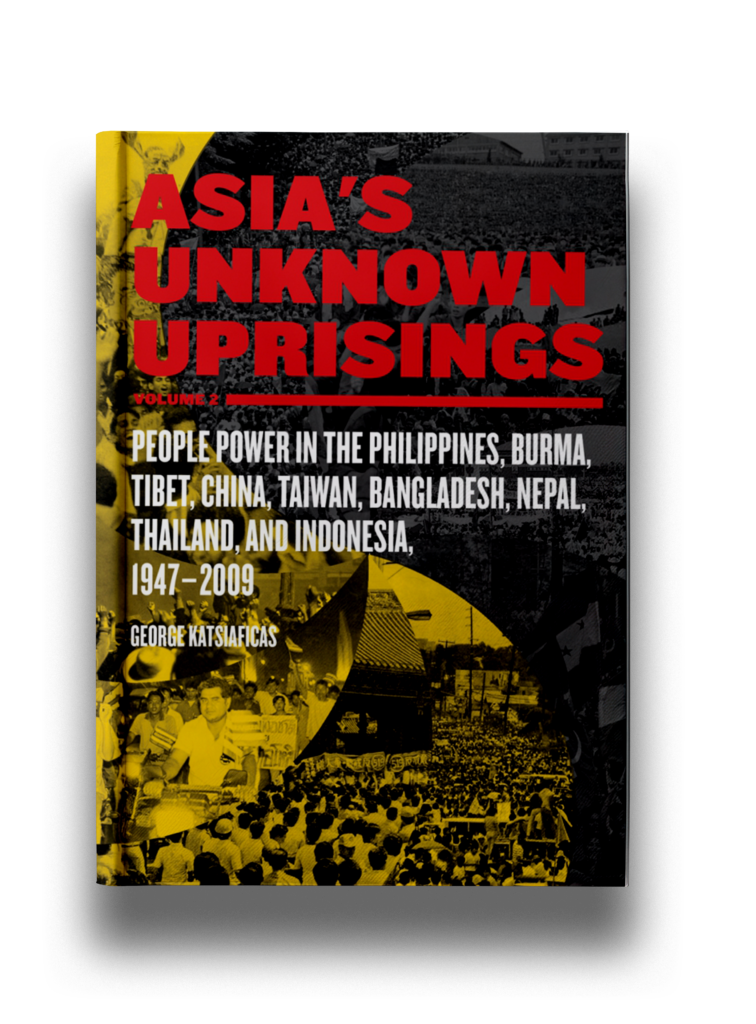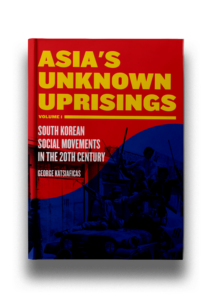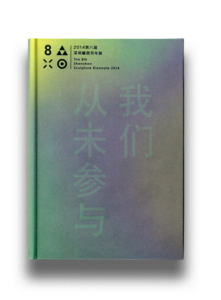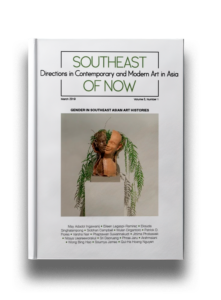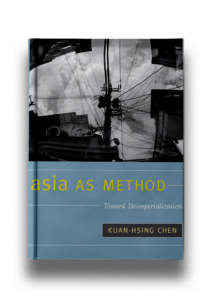Year
2013
Publisher
PM Press
Author
George Katsiaficas
Annotation
The two volumes of Asia’s Unknown Uprisings provide comprehensive history and analysis of mass uprisings in ten Asian countries, focusing particularly on the second half of the twentieth century, and attempt to place them in a global narrative and context – from the uprisings of 1968 to those in Eastern Europe in the late 1980s. In the current political climate of the region, where mass protests have been a regular occurrence and solidarity among Asian protesters and activists has been greatly developed (thanks to social media and other online tools), these books offer a relevant comparative background, sociopolitical theory and detailed examples of critical actions and struggles against social, political and economic oppressions that contemporary protesters, activists and scholars can further build on.
Narawan Kyo Pathomvat
Directly democratic forms of decision-making and militant popular resistance are intimately woven together in these liberators movements. The conscious spontaneity and self-directed actions of hundreds of thousands - sometimes millions - of people, is nourished by communities of struggle. People’s self-organization is confined within a grammar of autonomy, solidarity, and decommodification. Histories of struggles on various continents and in different countries may seem juxtaposed across unbridgeable divides, but they nonetheless hang together in these qualities and in the connections forged by people as they struggle for peace and justice.
